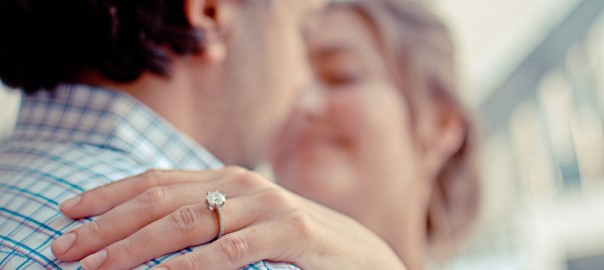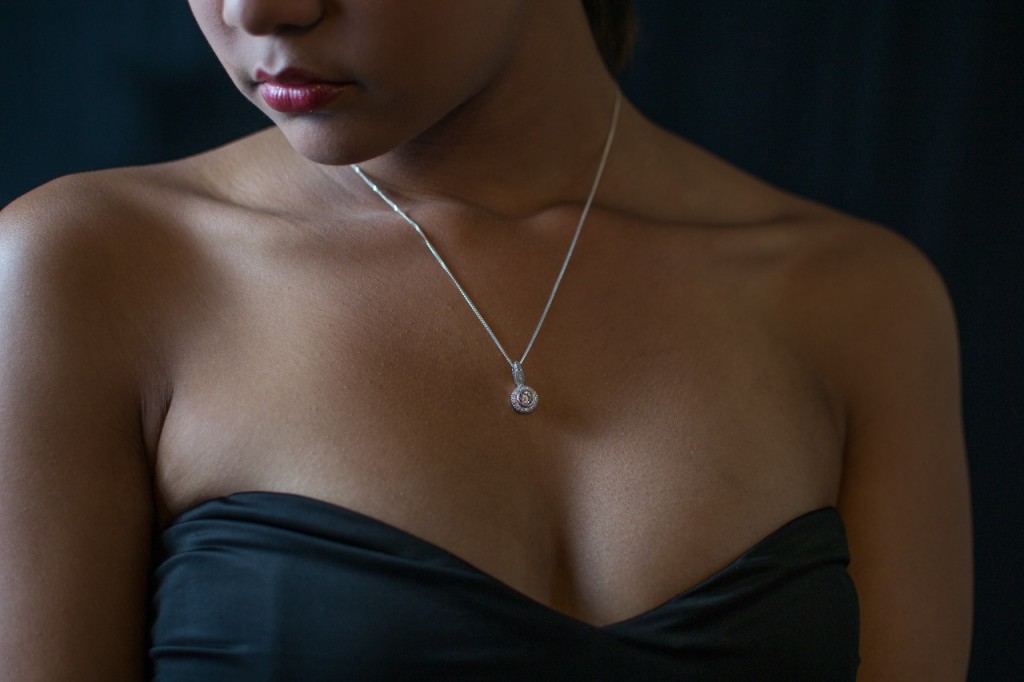Princess Cut Diamonds
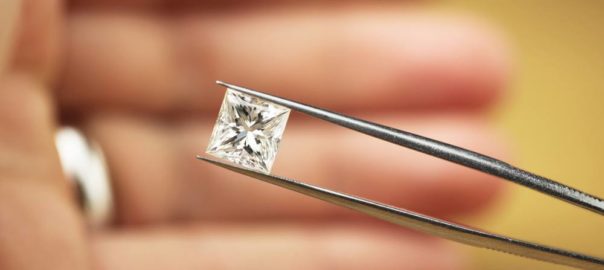
Your true love is your princess; it’s only fitting to propose your undying love for her with a princess cut diamond engagement ring? This beautifully and interestingly square cut diamond is actually the second most popular style of diamond cut, below round but above cushion! At Schwanke-Kasten Jewelers, we decided to share with you all there is to know about princess cut diamonds
Princess Cut Diamonds History:
Surprisingly, diamond cutters have been only creating this style of cut for around 40 years to 50 years. Although it is hard to pinpoint, gemologist argue that a man named Basil Watermeyer created the cut as the Barion Cut in the 1970’s, however this was a combination of an emerald cut and a marquise cut. Others point to Arpad Nagy, a London Based diamond cutter, who created the what was then known as the “profile cut” back in 1961. started seeing demand for this style around the 1970’s. Israeli diamond cutters, Betzalel Amber and Israel Itzkowitz popularized Nagy’s cut several years later under the name Princess Cut, which was a “fancy French inspired cut”.
The Cut:
The princess cut was designed to have a modern, clean and feminine look to it. It is actually a modified square cut stone. Typically, princess cut diamonds appear as square, sometimes rectangle. On the profile, the stone has an inverted pyramid shape with four beveled sides. These stones typically have between 60 to 70 facets. Furthermore, because they retain, on average, 80% of the original rough stone, they are prone to having more inclusions than a round brillian cut. Which is not a negative, this allows the uniquely cut ring to have a very interesting and gorgeous light play to it!
The Cost:
Because Princess Cut Diamond only lose 20% of the rough stone when being cut (compared to 40-50% of a round diamond) they are a less expensive cut when all other factors are held constant (i.e. the 4 C’s).
Similar Cuts:
Cushion Cuts – have larger facets than princess cuts which increase their brilliance and highlight the clarity. However, they do not have as sharp of a sparkle and have an older, more vintage feel. Furthermore, they do not have as sharp of edges as princess cuts.
Round Brilliant – The most popular style of ring tends to look bigger when comparing the same carat weight stone. However, due to the cutting process, they are more expensive when all factors are held constant.
Asscher Cut – Similarly cut to a princess cut but with step cuts (a commonly found on emeralds, hence the name, emerald cut).
Famous Princess Cuts
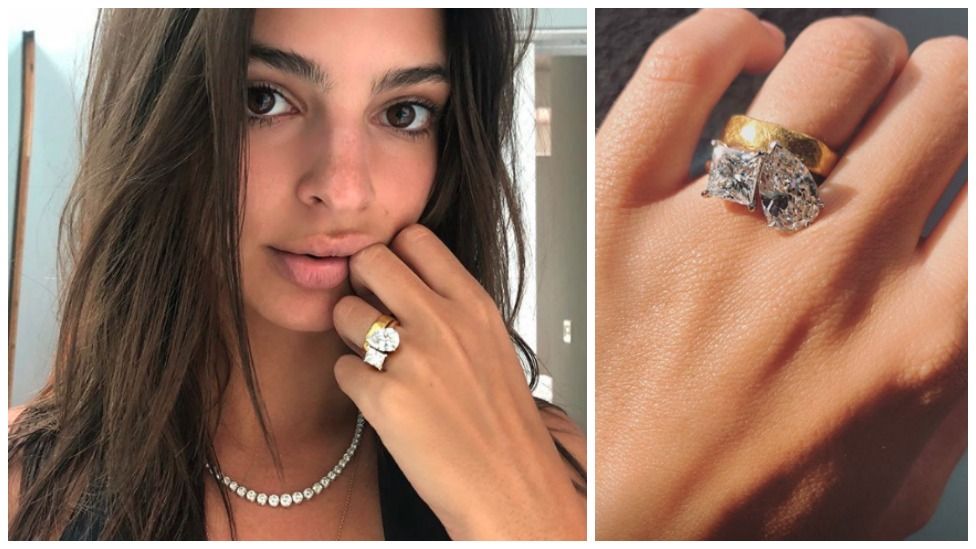
- Chicago Cubs World Series Rings features two princess cut diamond, among others.
- Emily Ratajkowski – When choosing an engagement ring, she couldn’t decide between a princess cut or a pear cut, so she got both!
- Cameron Diaz
- Snooki – Everyone’s favorite Jersey Shore socialite has an engagement ring with a princess cut center stone.
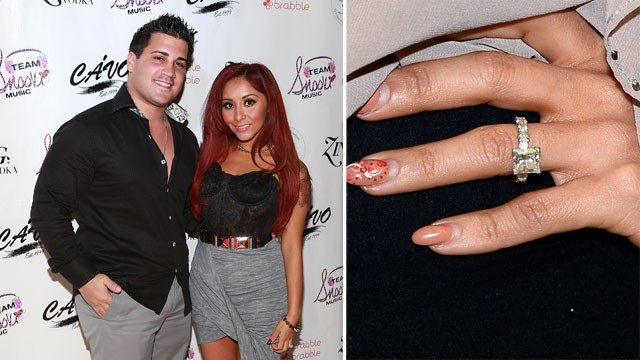
At Schwanke-Kasten Jewelers, our professionally trained sales team and GIA-certified gemologist are eager to help you find the perfect diamond for the perfect engagement ring. Visit Schwanke-Kasten in one of our two convenient Milwaukee Locations (Downtown Milwaukee and Whitefish Bay).
